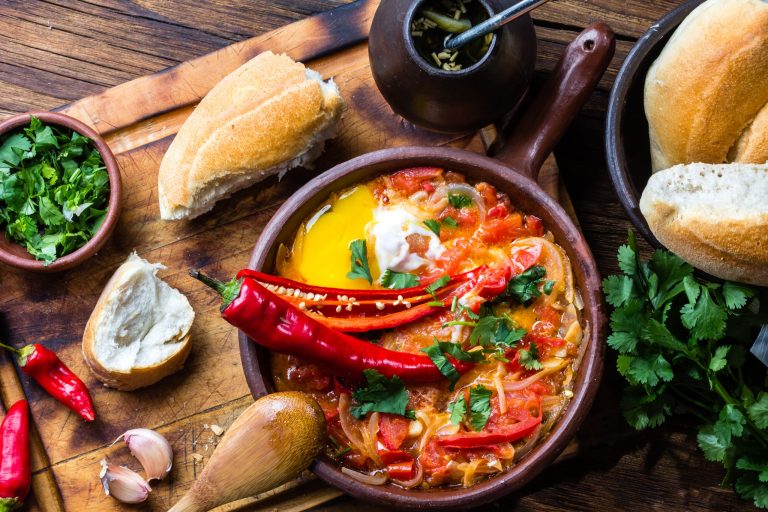Over the past few years, it’s become evident that Americans are gaining an interest in new flavors, spices, and dining experiences. The Hispanic food market reached $18 billion in 2015, a 4% increase over 2014, and on trend with a 4% yearly increase since 2011.1 Although Hispanic food has woven its way into the diets of somewhere between a third and a half of Americans, there still are some holdouts. Additionally, manufacturers will need to work to ensure that they continue to capture the interest of those that are currently purchasing Hispanic-oriented consumer packaged goods. Moving forward, software that allows easy manipulation and tracking of formulations will be indispensable as it will allow CPG organizations to stay up to date with up and coming food trends.
Converting Market Hold-Outs Through Accommodating Dietary Restrictions
According to recent research, one consumer group currently holding out on purchasing Hispanic foods are people with dietary restrictions or preferences.2 Thankfully, there are a number of Hispanic dishes that can easily be tailored to more restrictive diets, using innovative software to change and track the formulations. Some of these food trends include:
● Vegan/Vegetarian: With a heavily pulse-based diet, there are ample opportunities to skip meat and other animal products, and focus on creating and labeling plant-based options. This can be done by doing simple reformulations, nixing the meat and switching to a different protein source such as beans or tofu. ● Gluten-Free: Corn, rather than wheat, is the more prominent grain within Hispanic foods, which means that many dishes are inherently gluten-free. The gluten-free food market is set to reach $4.9 billion in the next 5 years,3 making it another great industry to tap into. By ensuring you use modern software to track and ensure compliance with gluten-free regulations, this is a great opportunity for growth. ● Organic: The organics market is still going strong and is quickly being absorbed into mainstream CPG markets. With the aid of modern software, transitioning over to organic ingredients can be done fairly easily without compromising on taste or quality. From there, it’s just a matter of correct labeling and ensuring regulatory compliance. ● Other “Free-From”: In the case of many Hispanic food and beverage options, this is a labeling situation rather than a reformulation issue. By reassessing current formulations for common “free-from” requests, such as nuts or soy, ensuring compliance with any regulating bodies and redoing front-facing labels to adequately show the absence of these ingredients, consumers will be more drawn to pick up these products.
These simple changes, or changes in labeling, may draw in some of that first group of holdouts. By using innovative software as you experiment, it is possible to track these adapted batches concisely, and bring them to market faster.
Keeping Pace with Current Consumers’ Hopes
On the other end of the spectrum are consumers who are actively looking for unique, high-quality Hispanic cuisine. These consumers are interested in items that are more “authentic” and are hoping to experiment with more complex and new flavors. CPG companies could capitalize on this by going back to old family cookbooks and recipes passed down for generations and tailoring them to a wider market. This would involve assessing the ability to scale up production of a particular recipe, both in process and ingredients, and ensuring that the flavors are new to the consumer, but not unappealing. This is a fine balance that is hard to strike, but by thorough testing and tracking with modern lab software, the balance can be found and the Hispanic packaged foods market can solidify itself as a long-lasting consumer trend.
BIOVIA Enginuity is the missing piece to this food development puzzle. It will allow you to retrieve product information and find the information you need to quickly make confident decisions about the formulations you are delivering to the consumer. This solution has features like raw material definitions, regulatory restrictions, and ingredient definitions, all of which ensure that you are complying with any necessary regulations.
1 “Hispanic Foods and Beverages in the U.S., 6th Edition,” October 4, 2016, http://www.packagedfacts.com/Hispanic-Foods-Beverages-10335332/ 2 Packaged Facts: As Thriving Hispanic Foods and Beverage Market Reaches $18 Billion, Opportunities Abound for Marketers to Expand Product Reach,” October 18, 2016, http://www.bizjournals.com/prnewswire/press_releases/2016/10/18/DC18665 3 “Gluten free market to reach $4.9 billion by 2021,” October 23, 2015, http://www.foodengineeringmag.com/articles/94728-gluten-free-market-to-reach-49-billion-by-2021
